Wild Buckwheat
Wild buckwheat can cause yield reductions, but is particularly troublesome because of its climbing nature which creates harvesting problems.
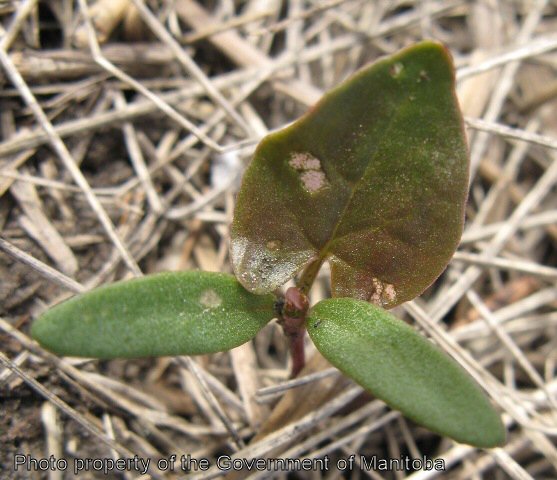 click to enlarge |
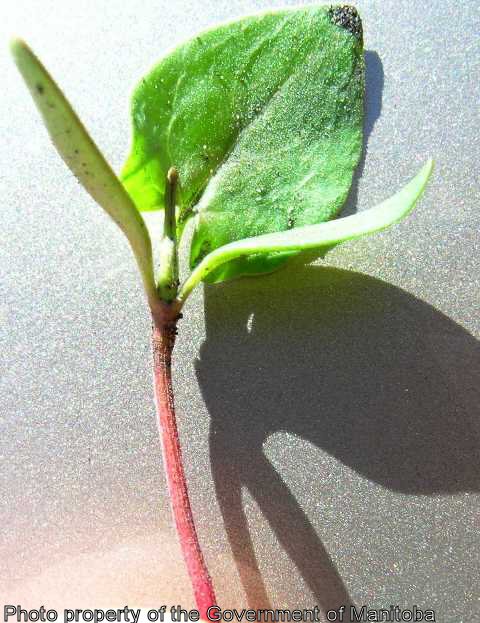 |
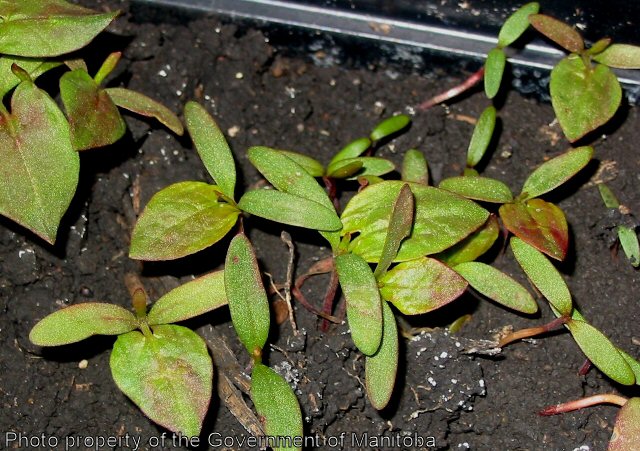 |
 |
|
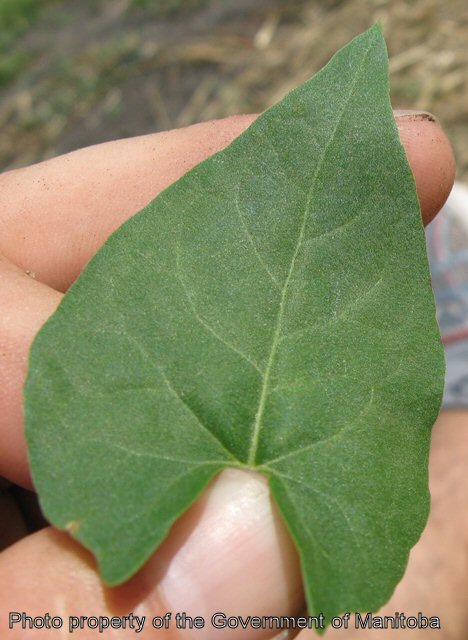 |
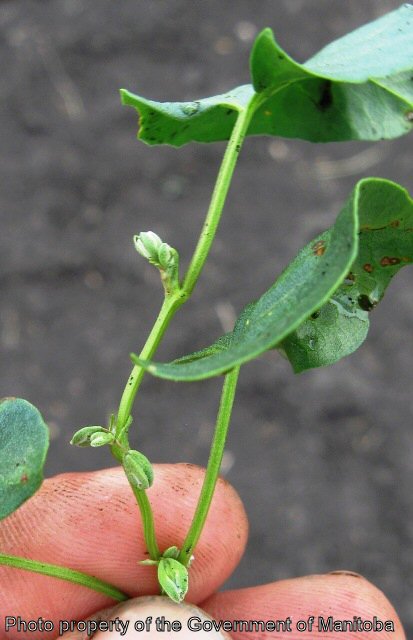 |
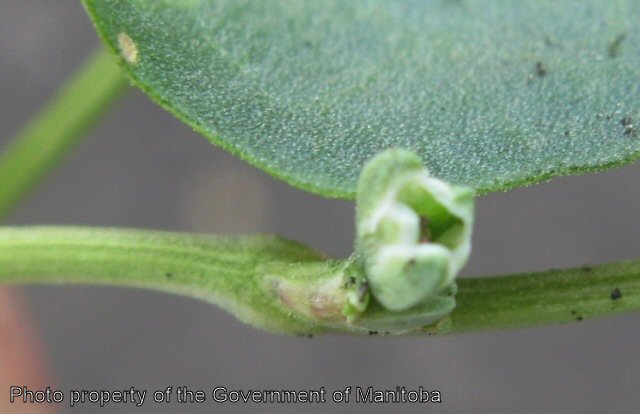 |
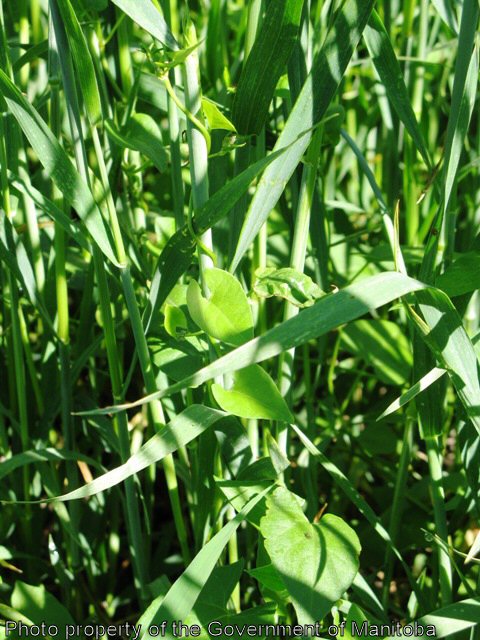 |
Biology
This is an annual weed that reproduces by seed. The stems are slightly angular, 30-90 cm (1-3 ft.) long, trailing on the ground or twining on other plants, and freely branching at the base. The leaves are heart-shaped, pointed, 13-75 mm (1/2-2 in.) long, alternate, and smooth. The flowers are greenish-white, small, and borne in the leaf axils or at the tip of branches. There are no petals but there are 5 sepals.
Wild buckwheat produces about 1,200 seeds per plant. It thrives under most soil conditions in cultivated fields, cereals, and undeveloped areas.
Scouting Techniques
Take a minimum of 20 weed counts across the field. Check low spots for patches. Scout fields early because this weed is most sensitive to herbicides in its early stages.
Effects On Crop Quality
Wild buckwheat can cause crop lodging and makes swathing and combining difficult.
Threshold/Yield Loss
With 5 plants per square metre (sq. yd.), yield losses of 12% in wheat can occur. With 30 plants per square metre (sq. yd.), yield losses can jump to 22%.
Yield losses of up to 10-20% have been reported in flax with weed densities of 5-15 plants per square metre (sq. yd.). Note that yield losses caused by this weed can be highly variable, depending on whether the weed emerges before, with, or after the crop.
Control Tips
Most crops have herbicide options for control of wild buckwheat. Early application is critical with most herbicides.
